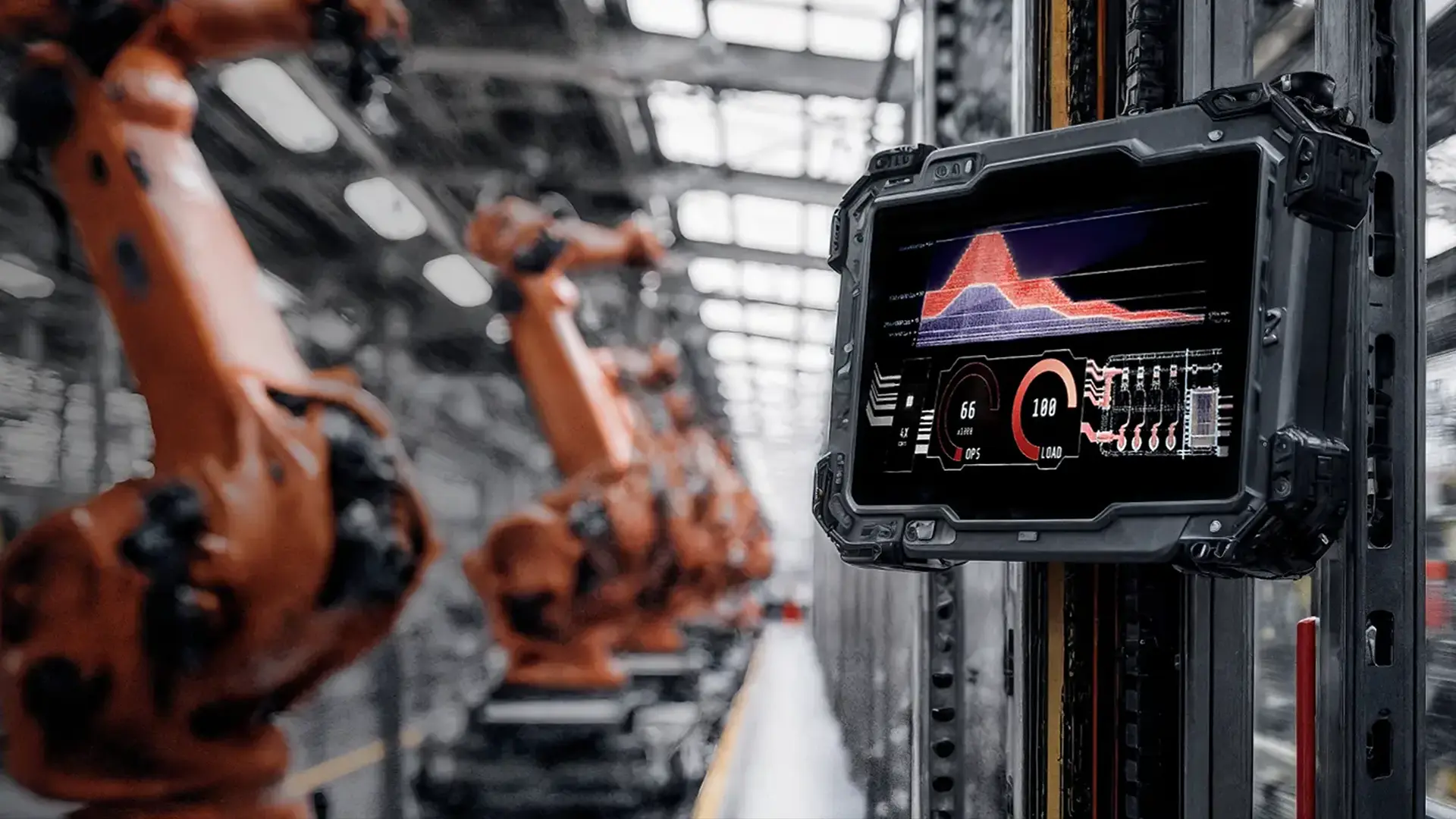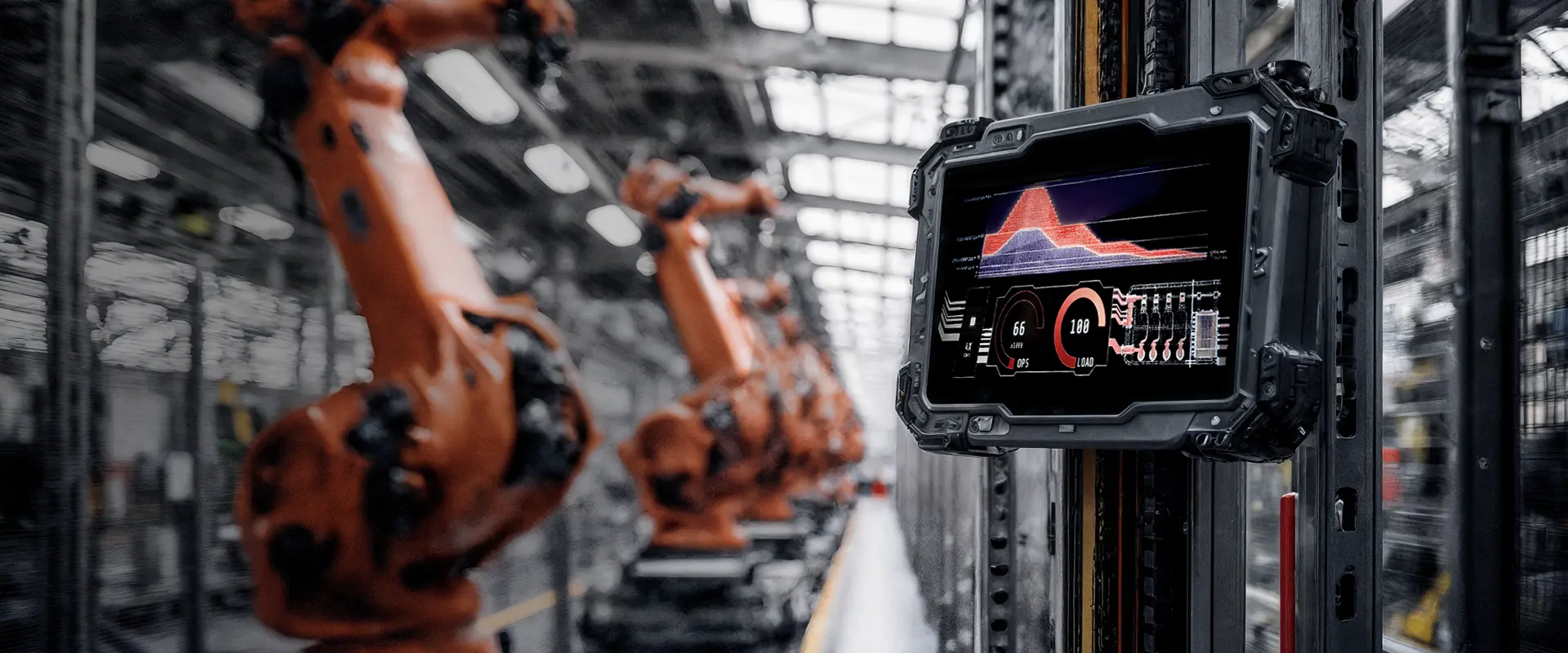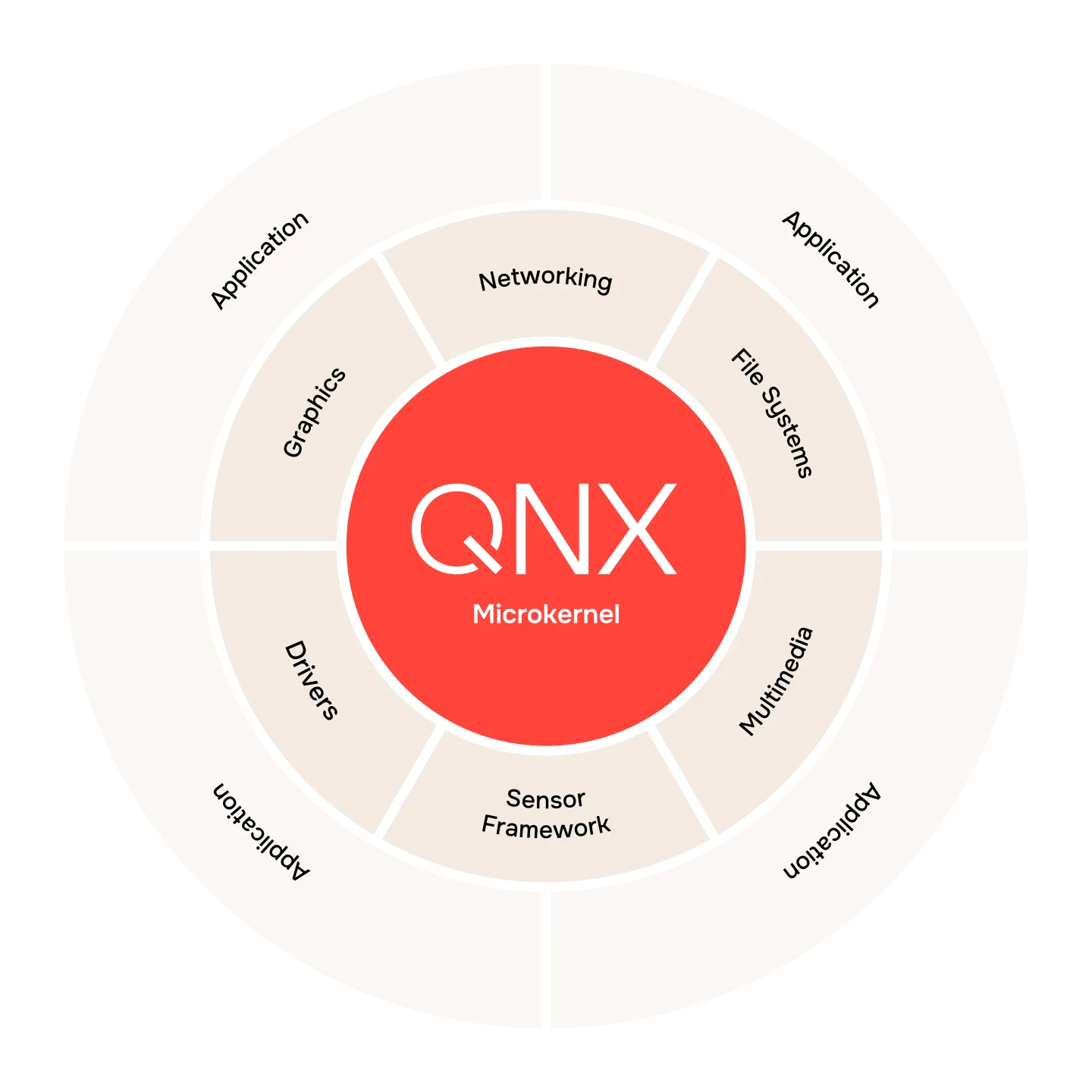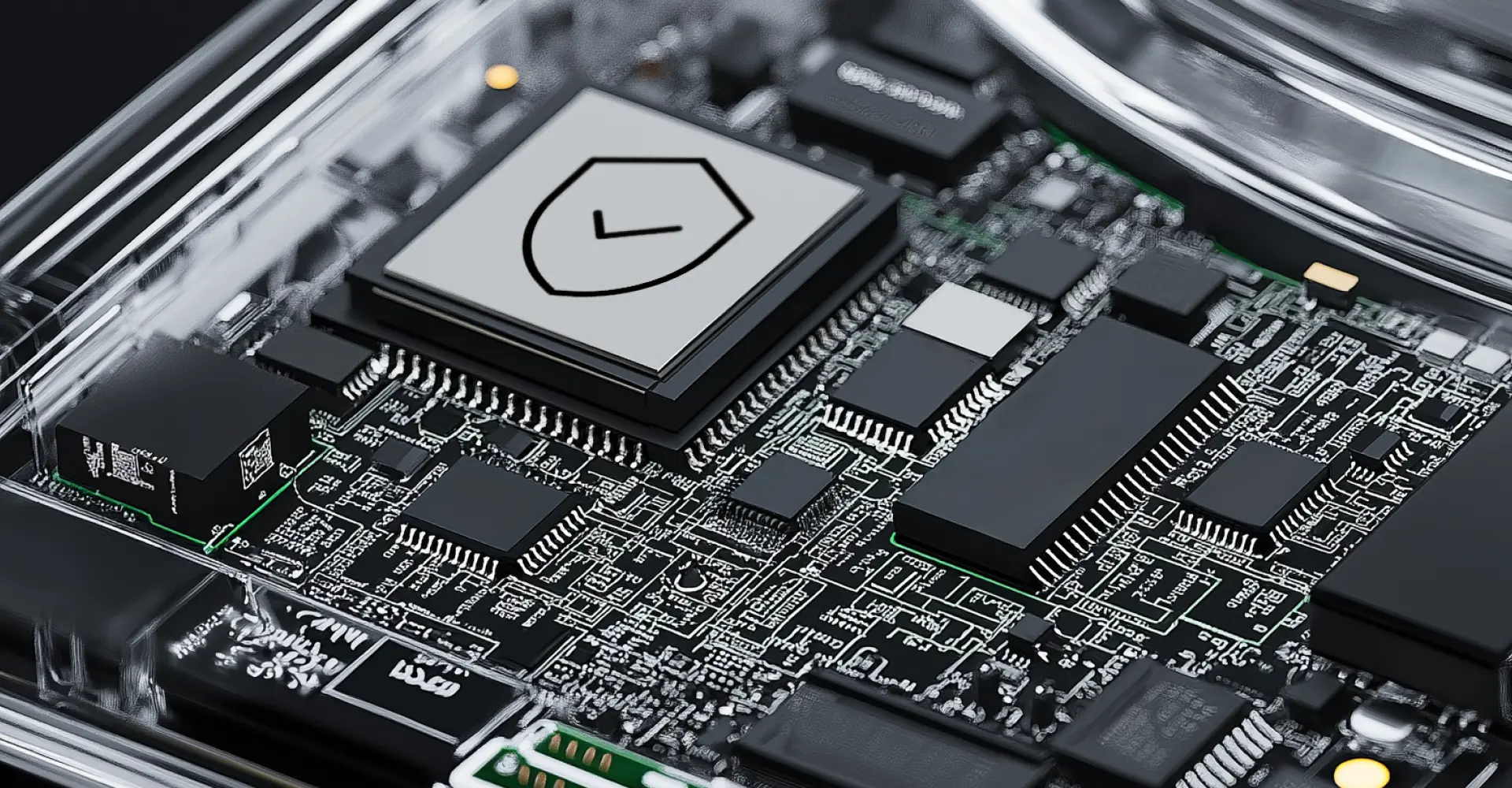QNX Containers are lightweight environments that allow you to efficiently deploy embedded system applications and their dependencies, ensuring isolation, security, portability, and scalability. Whether you’re developing an automotive system and require enhanced security and reliability of mixed-criticality in-car applications, or creating an application for next-generation industrial control systems that can be cost-effectively ported across product lines, QNX Containers offer the tools you need to streamline development and enhance performance.
Compliant with industry standards such as the Open Container Initiative (OCI) and Kubernetes, QNX Containers make use of Docker repositories. Leveraging these existing toolchains and repositories makes integration and deployment processes straightforward and efficient. Compatibility with a wide range of containerized applications ensures you have the flexibility and ease of use you need for successful projects.
Modular and Extensible Design
Powered by QNX microkernel technology, QNX Containers is a lightweight solution that isolates applications from the rest of the system to ensure security and stability. The solution features a modular design that allows for the addition of new deployment agents, local repositories, and the encapsulation of drivers and stacks within containers. This extensibility ensures that you can adapt to evolving needs and technologies without compromising performance or security. Whether expanding orchestration to support OCI-compliant and Kubernetes-compliant infrastructures like Amazon ECS or Google GKE, QNX Containers provide long-term value.
QNX Containers enable:
- Improved Time to Market: By leveraging the modular and extendable design of QNX Containers, developers can significantly reduce the time required to bring new products to market. The ability to quickly reproduce identical environments for development, testing, staging, and production enhances overall productivity and code quality.
- Enhanced Code Quality: With QNX Containers, developers can address the growing complexity of development ecosystems, ensuring high-quality code that meets the demands of modern embedded systems.
- Dynamic Response to Market Challenges: In a fast-paced and continuously evolving market, QNX Containers provide the agility, flexibility, and reliability needed to respond to software delivery challenges effectively.
Streamlining Embedded Design
QNX Containers allow embedded developers to continue to use their familiar toolchains, reducing the learning curve and boosting productivity. QNX-provided toolkits offer fine-tuned control over the container environment. These features make QNX Containers a versatile solution for the diverse needs of the development community.
QNX Containers allow you to enhance these aspects of embedded design:
- Managing software updates: Streamline the process of deploying and managing updates to ensure systems remain up-to-date and secure.
- Enhancing security: Meet the stringent requirements of ISO 21434 to protect against cyber threats.
- Enabling mixed-criticality systems: Support the coexistence of applications with different levels of criticality on the same hardware, optimizing resource utilization and performance.
- Co-existence with the QNX Hypervisor environment: Enable simultaneous use of both virtual machines and containers. This co-existence provides additional flexibility and options for developers.
- Providing a consistent development and testing environment: Ensure that software behaves the same way on different devices and at different stages of the development lifecycle.
Prioritizing Safety and Security
Talk to Us
Contact us to get started with QNX Containers.
QNX Containers FAQ
What are QNX Containers?
QNX Containers 1.0 is a solution designed to integrate with the trusted QNX ecosystem. By adhering to Open Container Initiative (OCI) standards and supporting Kubernetes toolchains and Docker repositories, QNX Containers offer a robust and versatile environment for embedded systems. Built on the reliable QNX microkernel architecture, this solution is not only compliant with ISO 21434 security processes but is also poised to support functional safety certification, making it a powerful tool for developers in various industries.
QNX Containers provide QNX-based edge devices with a standards-based environment for running and managing container technology. This ensures that developers can leverage existing toolchains and repositories, simplifying integration and deployment processes.
Why should I use containers in embedded systems?
Using containers in embedded systems offers numerous benefits, including:
Consistency: Ensures the application runs the same way in development, testing, and production.
Isolation: Provides strong security and stability by isolating applications.
Efficiency: Consumes fewer resources than traditional virtual machines, making them ideal for resource-constrained environments.
Ease of Updates: Simplifies the process of updating and patching applications.
Scalability: Enables modular and scalable system design.
How do containers improve security in embedded systems?
Containers enhance security by isolating applications from each other and the host system. This isolation reduces the risk of vulnerabilities spreading between applications. Additionally, containers can be configured with specific security policies and limits on resource usage, further protecting the system.
What are common use cases for containers in embedded systems?
Common use cases for containers in embedded systems include:
IoT Device Management: Efficiently deploying and updating software across large fleets of IoT devices.
Automotive Systems: Managing complex software in vehicles, enabling advanced features like over-the-air updates.
Industrial Automation: Enhancing the modularity and security of control systems.




